Stone Diagnosis
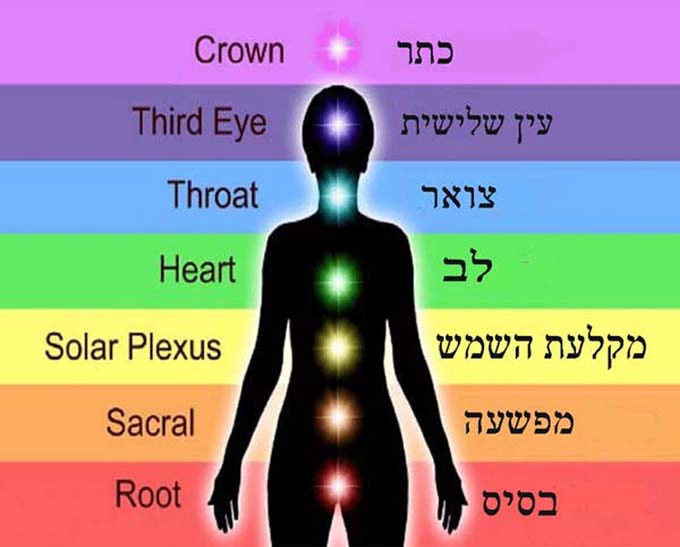
What does “stone diagnosis” mean?
The wonderful thing about stone diagnosis is that it is very scientific, yet also very faith based. Results are thorough and identify the reasons behind the problem, and not only the bottom line, as is often the case with conventional medicine.
How is the diagnosis conducted?
Our body is divided into energy centers. Each energy center has its own role. When we suffer from a lack of energy or obstruction of energy, our mind receives a sign in color. Color is the way our mind translates the energetic frequency.
We stand in front of a box divided into cells, with a different type of stone in each cell.
Seemingly, we chose the one we like, but actually our selection is driven by the color sign in our mind.
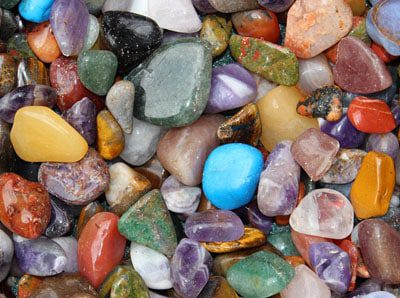
And now for the stones
These are Hoshen stones, their history and derivatives, as Rabbi Bachai wrote. These stones are different from all geological stones in the universe. They contain the same minerals we have in our body. Each mineral causes the stone to be of a different color, and now, we close the circle:
If we chose a stone that is indicated by our mind, and the stone’s color is set by its mineral, then we are actually choosing the mineral we need. Thus, as a result of the diagnosis process, we can give the patient the right stones for him/her, that will help the patient solve his/her problems or pains. It is very important that a person chooses his/her stones themselves. It is possible that several people will suffer from the same phenomenon, but each for a different reason causing this phenomenon, so it is best that each patient receive a different solution that will help him/her.

What we can diagnose
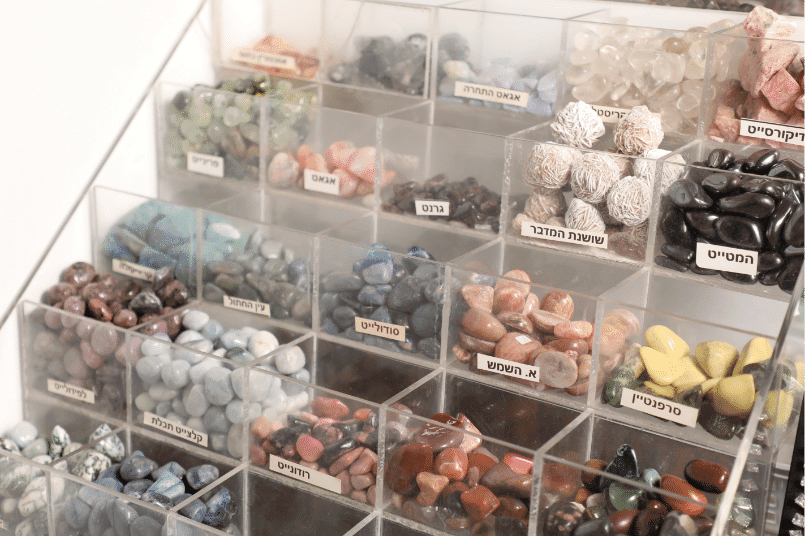
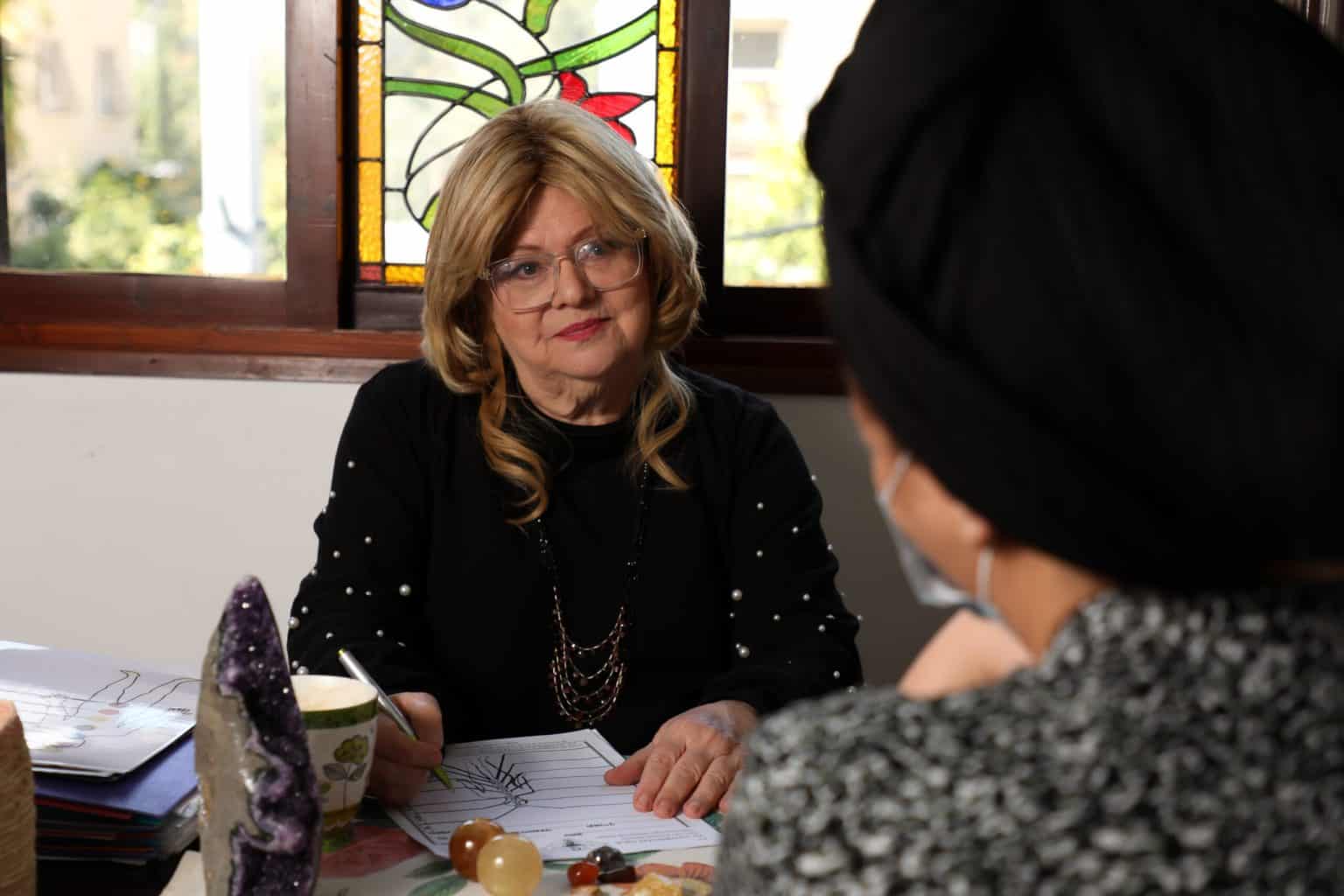
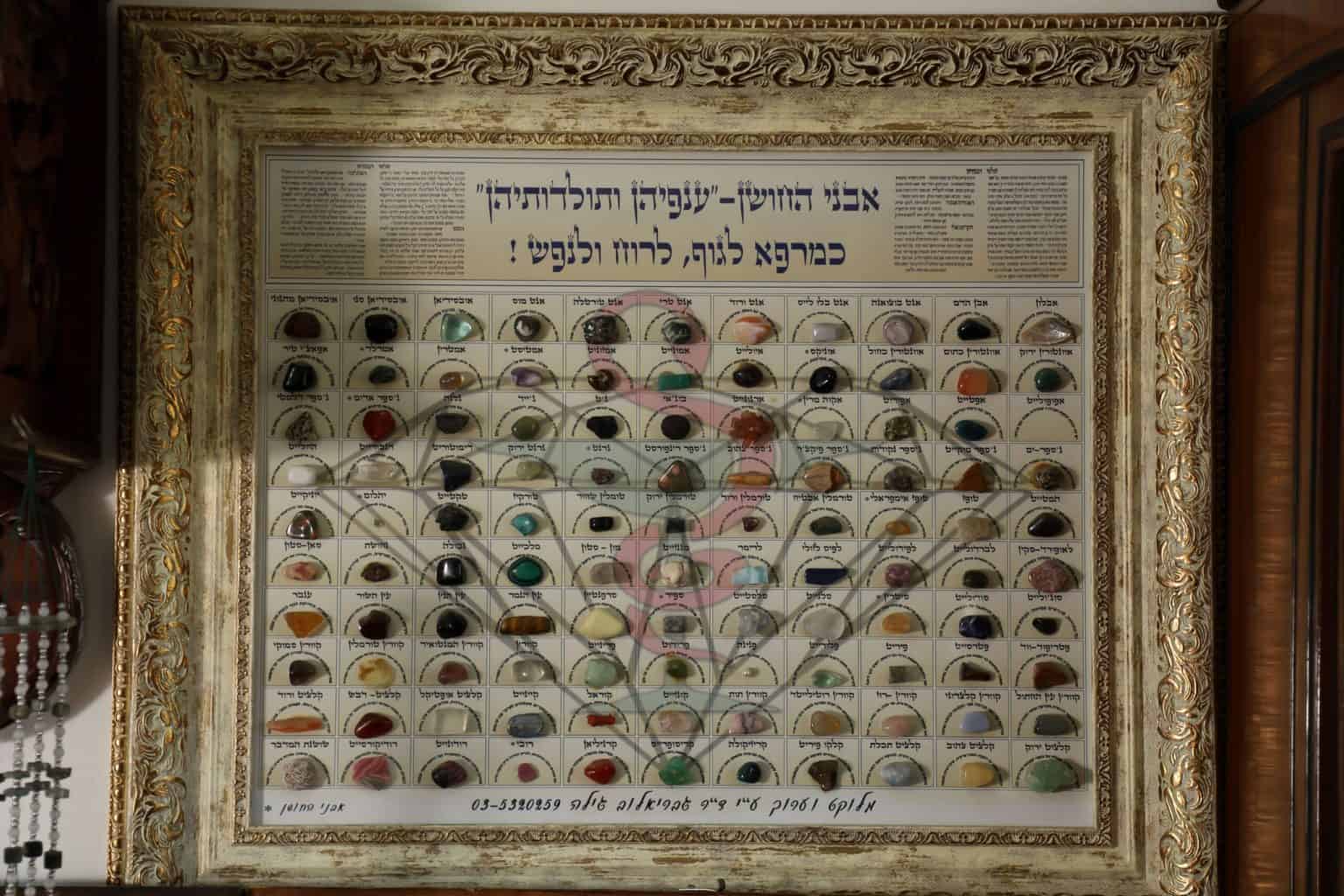
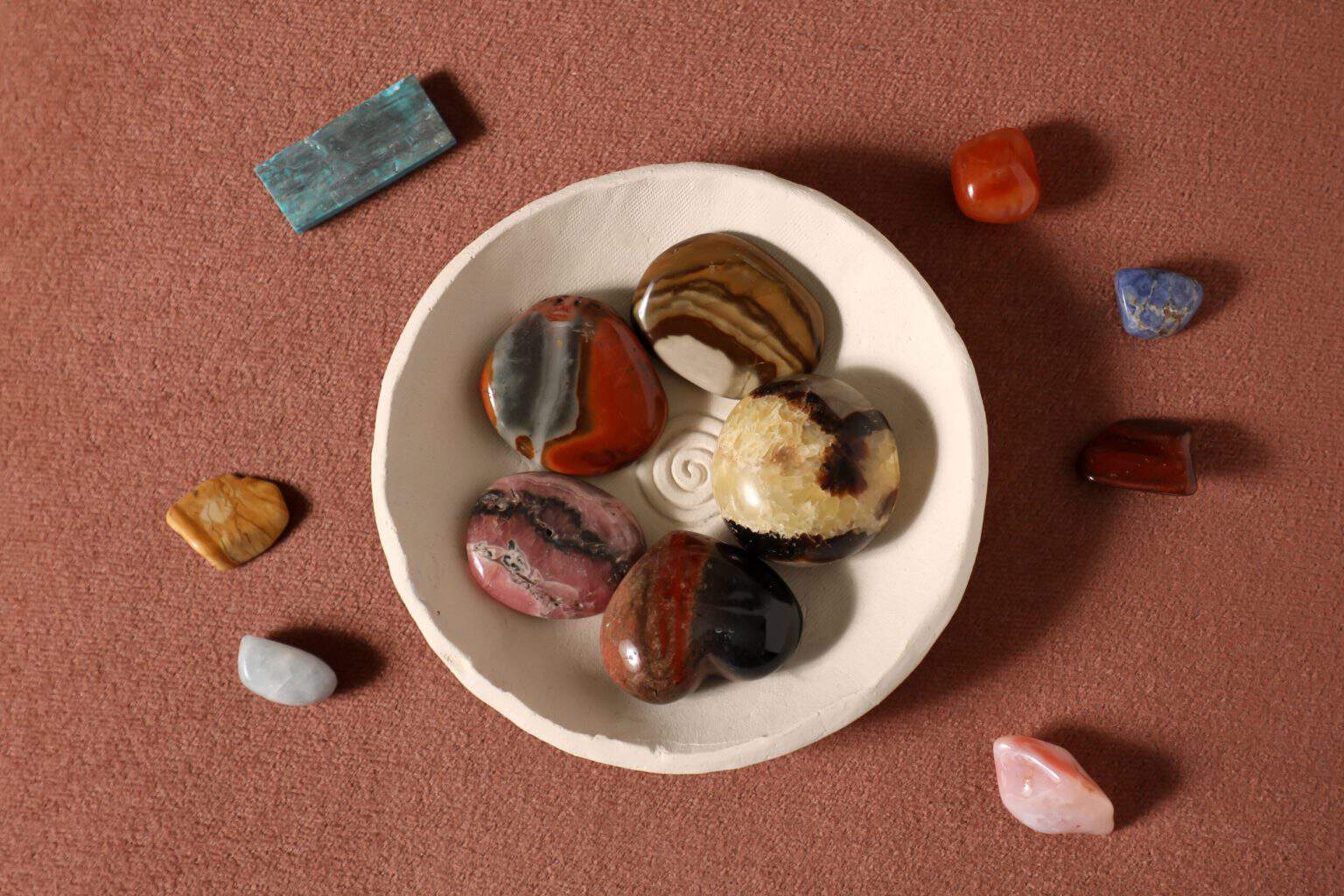


Spiritual and physical powers have been attributed to certain categories of stones and gemstones:
"You have no precious stone that does not draw strength from the higher ones, and during the rains, every precious stone is blessed."
Rabbi Chai – Exodus 28, Parshat Tatsva
Our products
In our store you can find healing essences, gemstone kits and other therapeutic tools.
Our oils
Healing bracelets
Gemstone kits
Healing Essences
Want to register?
Fill in the details and Dr. Gavrielov will get back to you soon!
24 Harav Nimrover Street, Givat Shmuel 54019, Israel Doctorgavrielov.co.il
